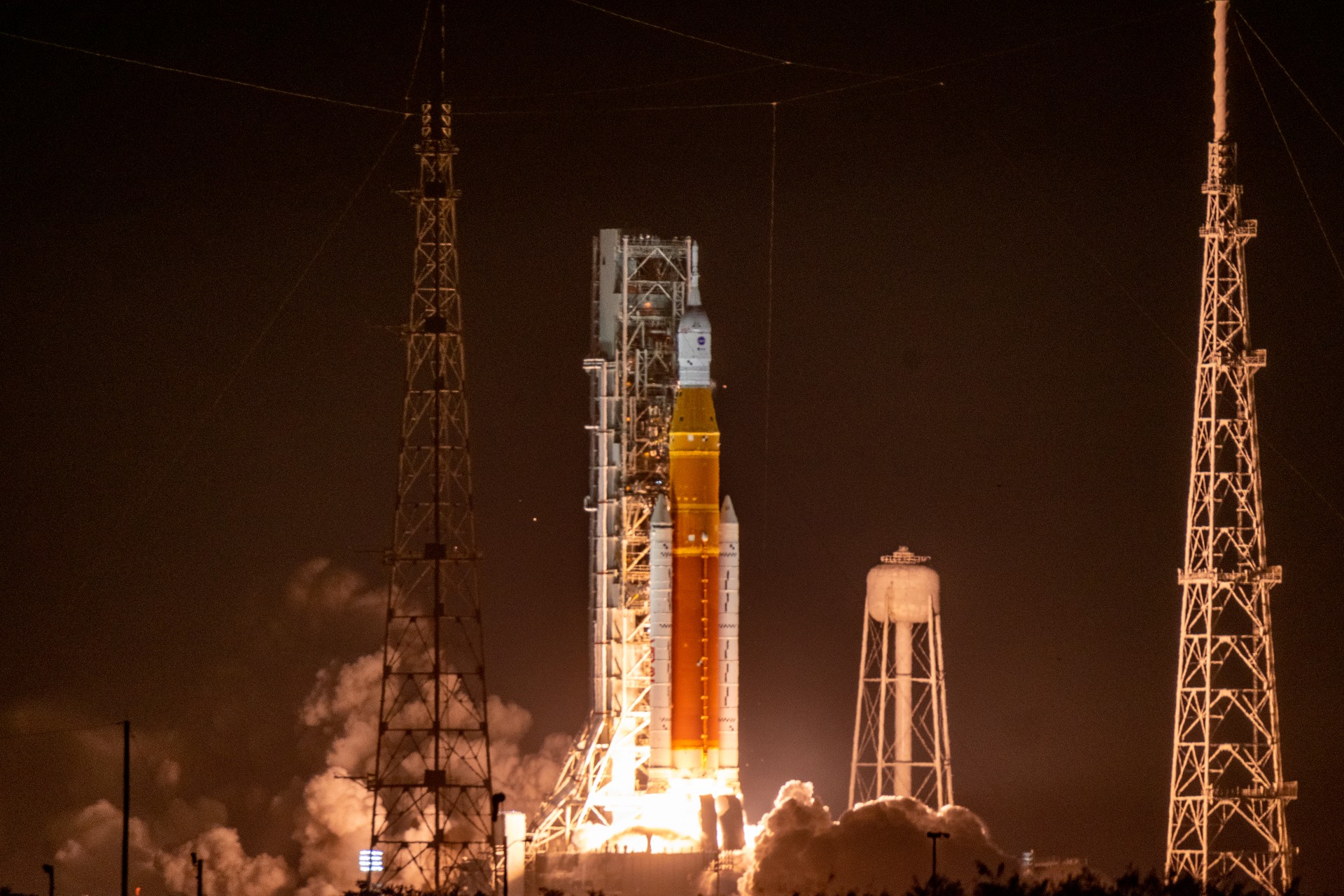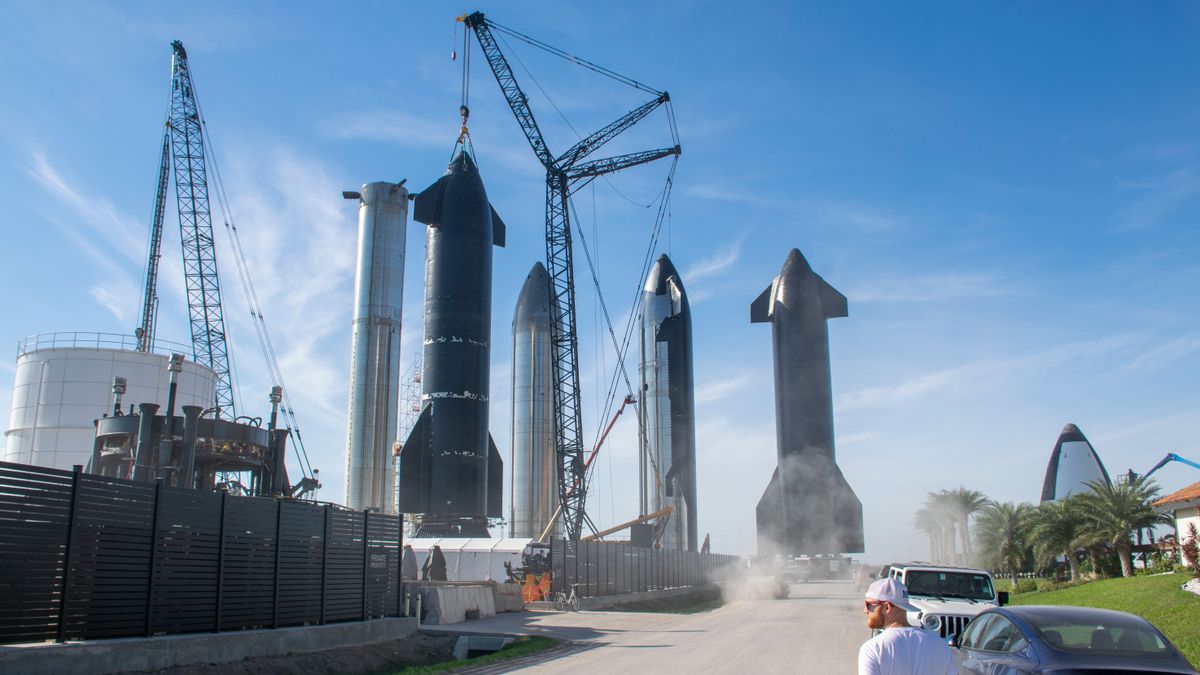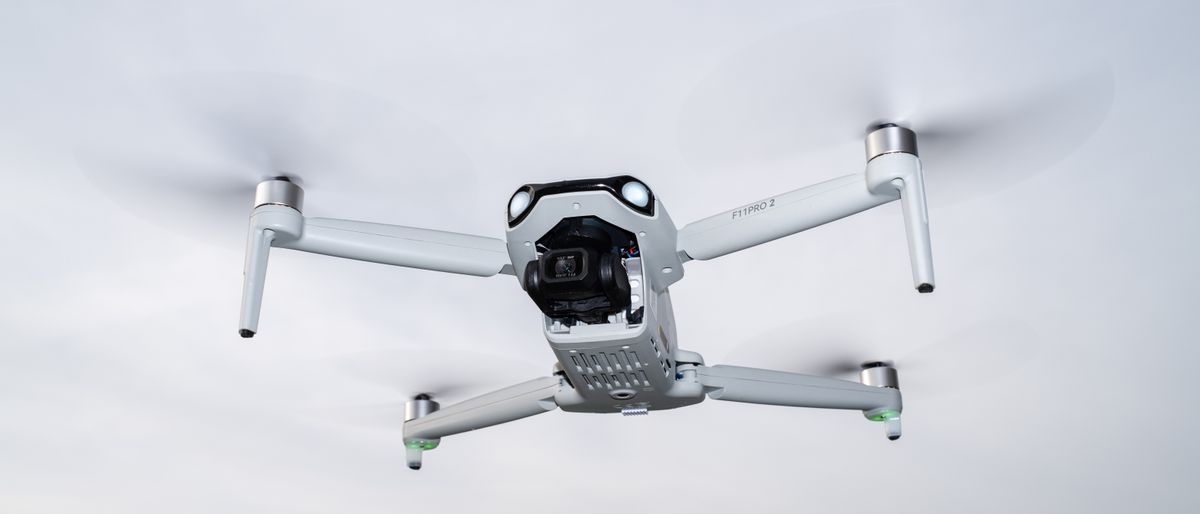The Trump administration wants to give NASA's Artemis moon program a serious facelift.
The White House's proposed 2026 "skinny budget," which was released today (May 2), would fundamentally reshape Artemis, which aims to establish a sustainable human presence on and around the moon by the end of the 2020s.
The budget would cut NASA's "legacy human exploration systems" funding by $879 million and phase out the agency's Space Launch System (SLS) moon rocket and Orion capsule — Artemis' current backbone — after just two more flights. It would also immediately cancel Gateway, the small space station NASA aims to build in lunar orbit to support Artemis operations.
"SLS alone costs $4 billion per launch and is 140% over budget," the skinny budget document reads. "The Budget funds a program to replace SLS and Orion flights to the moon with more cost-effective commercial systems that would support more ambitious subsequent lunar missions."
Those commercial systems would presumably be provided by SpaceX and/or Blue Origin, both of which are already working on crewed lunar landers for use on Artemis missions and rockets that could get astronauts very far afield (Starship in SpaceX's case, and New Glenn for Blue Origin).
SLS and Orion have flown once together to date — on Artemis 1, a 25-day flight that sent an uncrewed Orion to lunar orbit and back in late 2022.
The duo's next two flights — which will be their last, if the budget proposal is enacted by Congress — will both be crewed. Artemis 2, targeted to launch in spring 2026, will send four astronauts around the moon. Artemis 3 will land people near the moon's south pole in 2027, if all goes according to plan.
Gateway would get no such runway; it's slated for immediate termination, according to the budget document.
NASA currently plans to assemble the station in lunar orbit in 2027. Some progress toward this goal has been made; for example, the station's main habitation module, known as HALO, arrived in the United States last month from Italy, where it was built.
The skinny budget — a pared-down summary of the full 2026 budget request — is a rough one for many other NASA programs as well. Overall, the White House proposal cuts the space agency's funding by $6 billion from enacted 2025 levels, a reduction of nearly 25%.
That would be the biggest single-year cut in NASA's history, according to The Planetary Society, a nonprofit organization that advocates for space exploration.
The budget would cut space science and Earth science by $2.3 billion and $1.2 billion, respectively. The proposal ends NASA's Mars sample return program and "eliminates funding for low-priority climate monitoring satellites," among other impacts.
These and other NASA cuts are "in line with the Administration’s objectives of returning to the moon before China and putting a man on Mars," according to the budget document.
.png)
 German (DE)
German (DE)  English (US)
English (US)  Spanish (ES)
Spanish (ES)  French (FR)
French (FR)  Hindi (IN)
Hindi (IN)  Italian (IT)
Italian (IT)  Russian (RU)
Russian (RU) 









Comments